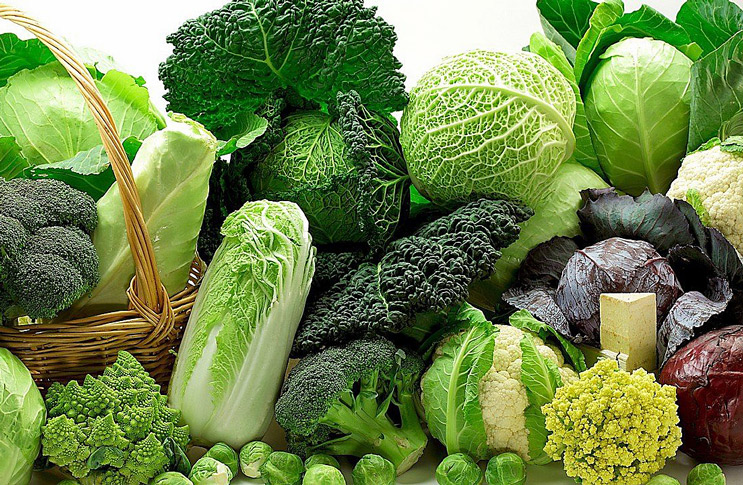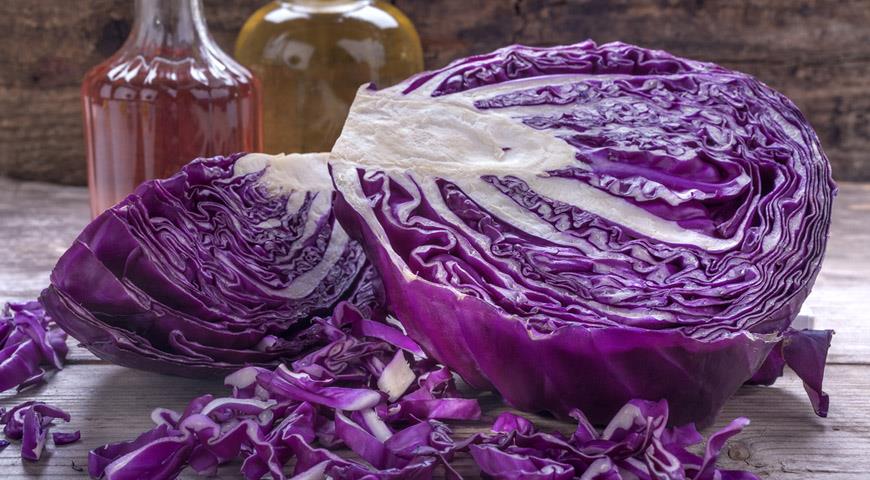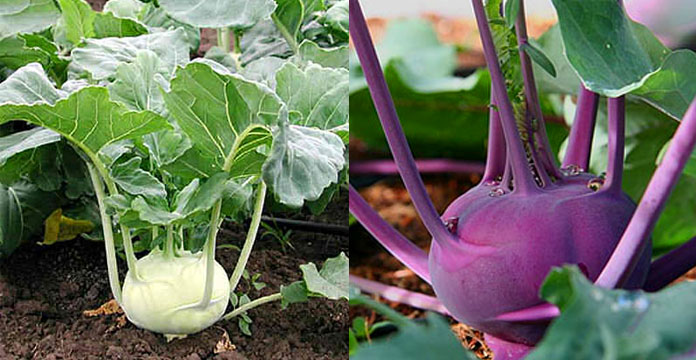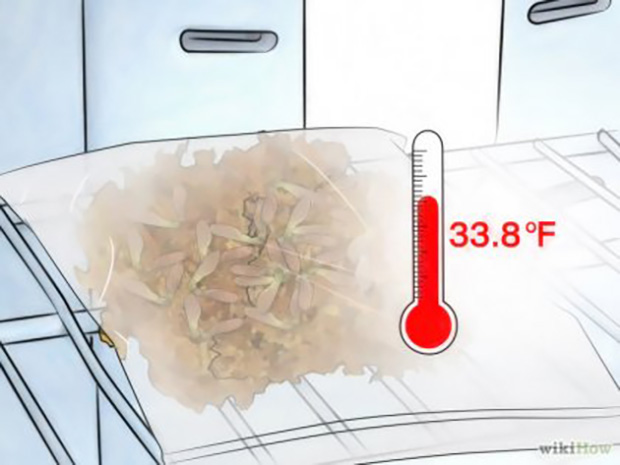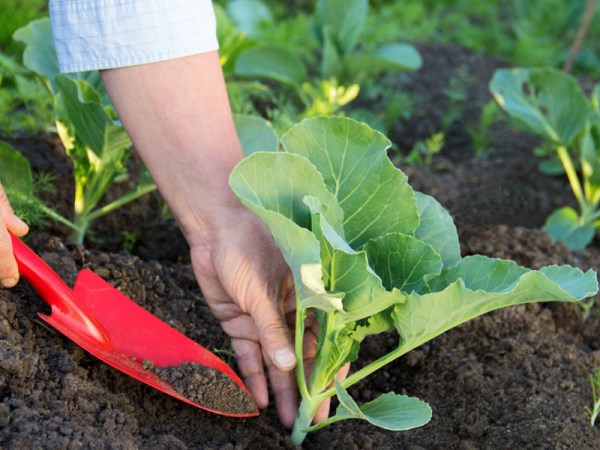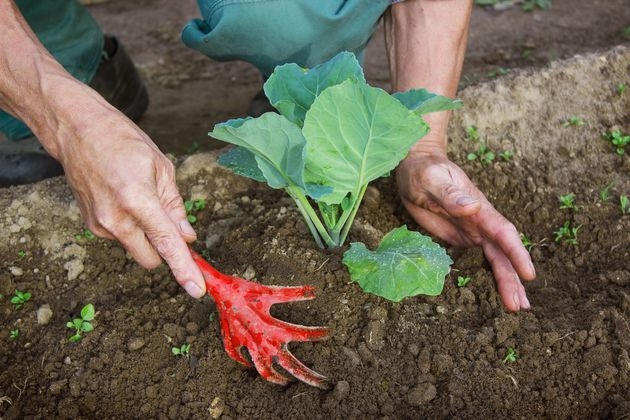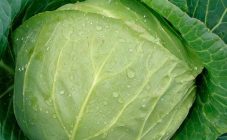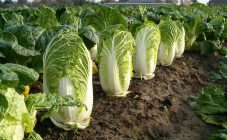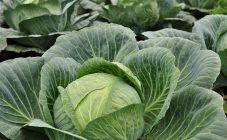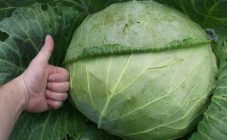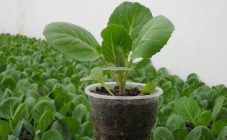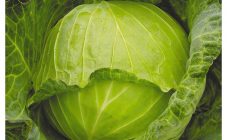Content:
A garden culture such as garden cabbage was already known 4.5 thousand years ago. Its source of origin is the Mediterranean coast. Currently, more than 100 species have been recorded, but only a few of them are cultivated in garden plots. In the modern world, cabbage is grown almost everywhere, with the exception of desert areas and the Far North.
One-, biennial plants belong to the Cabbage species. Their use is extensive: from decorative planting to therapeutic use. Compared to animal proteins, cabbage lacks several amino acids. The contained pectin substances have a beneficial effect on the walls of the gastrointestinal tract. Fiber of cabbage cell walls stimulates intestinal peristalsis and is absolutely necessary for the normal development of microflora. Cabbage is characterized by a high content of minerals and vitamins: phosphorus, calcium, magnesium, vitamins A, C, E, PP group B, etc. It is ideal to use cabbage during diets, its calorie content per 100 g is 28 kcal.
Popular types
You can subdivide edible species into parts suitable for consumption:
- Leaves - Peking, Chinese;
- Heads of cabbage - white, red, Savoy, Brussels;
- Flowering shoots - colored, broccoli;
- The stem is kohlrabi.
The appearance of Peking cabbage resembles a rosette of leaves. They are elongated, with a white vein, and have a wavy edge. In section, the head of cabbage is yellowish-green.
Chinese cabbage is herbaceous, has a color from whitish-grayish to rich green. Due to the absence of a head of cabbage, it can be confused with salad crops.
White-headed, as the name suggests, has a large, strong head of cabbage made of light green leaves. It is the most widespread variety in Russia.
Red cabbage is a colored variety of white cabbage. A characteristic feature is the red-purple color of the leaves. Such cabbage is richer in vitamins than white cabbage.
The lack of popularity in the country of savoy cabbage is due to its short shelf life. It is characterized by light curly leaves.
Small heads of Brussels sprouts do not exceed 5 cm in diameter. The specific sweetish-nutty taste has no analogues among congeners. The size of the heads allows the variety to be used in conservation.
Unlike cauliflower, broccoli flowers are green. Its taste resembles asparagus, so you can find it under the name "asparagus".
Kohlrabi resembles root crops in appearance, due to the strong thickening of the base of the stem. The color can range from light green to deep purple. The juicy light pulp tastes like a turnip or radish.
For example, in the Omsk region, white cabbage, red cabbage and cauliflower are popular.
Main differences between varieties
Cabbage varieties are clearly distinguished by the main parts of the plant eaten. Another great feature is the early maturity of the variety.
There are varieties according to the ripening rate:
- Early - 90-100 days;
- Mid-season - 100-120 days;
- Late ripening - 4-5 months.
The choice of variety will help you decide when to plant cabbage for seedlings.
It is also worth deciding on the purpose of growing a crop. For use in salads, leafy varieties are more suitable, for harvesting and long-term storage - cabbage varieties.
Preparing seeds for planting
How to grow cabbage from seeds at home for seedlings, the following step-by-step instructions will help.
Each variety has its own timing of planting seeds, on average they are as follows:
- Early variety - second half of March;
- Mid-season - second decade of March - first decade of April;
- Late ripening - the second half of April - early May.
In order to get seedlings, low-quality seeds should be discarded before planting. To do this, they are dipped in 3% saline solution for 5 minutes. During this time, damaged seeds will float, and those that have sunk to the bottom are thoroughly washed with water.
To check the harmony of the ripening of the crop, seeds (100 pieces) are covered with a damp cloth and germinated. It is necessary to monitor daily so that the fabric does not dry out. Having examined the seeds after 3 days, one can assume that germination is friendly.
Medium and large seeds are selected for planting. After that, it is necessary to disinfect the material before planting. The most effective way is heat treatment in 50 ℃ water for 20 minutes.
You can disinfect seeds in a garlic solution. To do this, place 30 g of minced garlic in half a glass of water. In such a solution, the seeds must be kept for 60 minutes.
In order to stimulate the sprouting of seedlings, the seeds can be soaked in water for 12 hours. A solution of nitrophoska (1 tsp per 1 liter of water) or wood ash (2 tsp per 1 liter of water) has an even greater effect.
It is imperative to harden the seeds to increase their frost resistance. For a day, you need to transfer the soaked seeds to conditions at a temperature of 1-2 ℃, for this the lower part of the refrigerator or an unheated cellar is suitable. After that, you can plant the seeds.
Soil selection and preparation
To obtain strong and viable seedlings, it is necessary to select the correct composition of the soil mixture. It is ideal to use soil prepared in the fall, but you can prepare the soil just before planting. To do this, you need to mix humus and sod soil in a 1: 1 ratio, such a composition will help the seedlings stretch out faster. Introduction of 10 Art. tablespoons of ash per 10 kg of soil will help to disinfect the mixture and prevent infection of seedlings with a black leg. It is imperative to check the acidity of the resulting mixture, it must be neutral.
Sow seeds to a depth of 1 cm at a distance of 3-4 cm from each other, sprinkle them with earth on top.
Landing dates
In order for cabbage seedlings to grow enough and get stronger before transplanting into open ground,
sowing dates should be observed:
- Early varieties are planted between March 25-28;
- Mid-season - March 25-April 25;
- Late varieties - from 1 to 20 April.
You can use the lunar calendar to determine the optimal landing time.
On average, at the time of transplanting seedlings to a permanent growing place, their age should be 50-55 days. Thus, adding 8-10 days for seed germination, they need to be planted 60-65 days before transferring to the garden.
Landing rules
After the first shoots appear, it is necessary to thin out the seedlings. After 14 days, the seedlings must be dived, transplanted into separate small pots.
Cabbage is very demanding on the level of lighting. In cloudy weather or in conditions of insufficient illumination of the house, it is necessary to artificially illuminate the seedlings. Watering is carried out as needed. Otherwise, the seedlings can wither, turn yellow, dry up and, as a result, die. Before transplanting, the seedlings must be hardened at a temperature of at least 8 ℃.
By 60-65 days of development, the seedlings should have at least 6 leaves. To get a good harvest, it is important to make the right beds. Before planting, carefully dig up and sort out the soil. Saplings need a lot of space, there should be at least 50 cm between neighboring plants. The holes need to be deep enough - 15-18 cm. Fertilizers need to be applied to them: manure, peat ball or humus, wood ash. Sprinkle them on top with earth and water abundantly.
Having carefully separated the seedlings from each other, it is necessary to place them in the hole, well tamping the soil around the stem. After that, watering is required - 1 liter for each bush. After 30 minutes, some bushes may collapse, you need to walk around the garden to correct the seedlings and water again. Further, the trunks should be mulched with dry earth to avoid the formation of a shriveled hard crust.
Further care
After sowing seedlings, care is abundant watering. When 6-7 leaves appear, it is required to feed with humus or manure for the first time. When using fresh manure, prepare a solution of it in a ratio of 1:10.
The soil around the plants should be loosened regularly to improve soil aeration. When tying heads, cabbage should be spud. Otherwise, it will fall on its side and break.
Diseases and pests: control methods
If the growing conditions are not followed, the cabbage will dry out and may die. Root rot, black leg act as provocateurs.
When a black stem appears, the base of the stem begins to turn blue. To prevent the appearance of a black leg, the substrate should be well loosened and ash should be added.
To get rid of root rot, you can treat seedlings with trichodermine - a specially grown mycelium that suppresses the development of pathogenic organisms.
Cruciferous flea beetles and white butterflies are also dangerous for cabbage.
There are many folk remedies for whites. The whites disappear after spraying the seedlings with aged garlic infusion. The drug Intavir is successfully used against the cruciferous flea.
In conclusion, we can say that cabbage is a very unpretentious species that does not need to be looked after much. With regular care, it will delight you with an abundant harvest of strong and juicy heads of cabbage.
